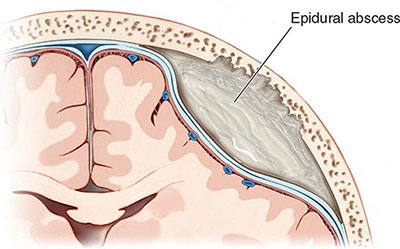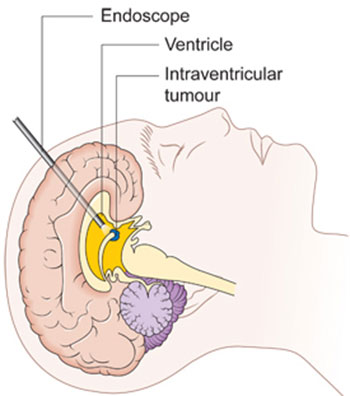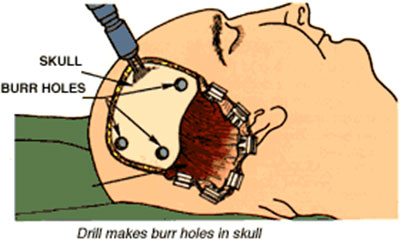Te burr ole aspiration for abscess gives the most ideal treatment to patients. The treatment is conducted through an opening and complete extraction after craniotomy. This methodology is additionally indicative and gives material that can manage antimicrobial treatment.

Burr-hole aspiration is the favored and the most regularly utilized system and is frequently performed utilizing a methodology with the direction of ultrasound or CT scanning. For ideal results, this is generally performed before the start of anti-infection treatment. It is again done if the patient neglects to react to treatment. Craniotomy is by and large performed in patients with multiloculated abscesses and in those whose conditions neglect to determine.
Ventricular seepage consolidated with organization of intravenous and/or intrathecal antimicrobials is utilized to treat cerebrum abscesses that burst into the ventricles.
If not perceived early, both subdural empyema and mind ulcer can be lethal. This type of surgery is required if neurologic signs identified with a mass injury progress.

There are two surgical techniques for treating a brain abscess:
Simple aspiration involves using a CT scan to locate the abscess, then drilling a small hole known as a "burr hole" into the skull. The pus is then drained through the hole and the hole sealed. A simple aspiration takes around one hour to complete.
Open aspiration and excisions are usually carried out using a surgical procedure known as a craniotomy. A craniotomy may be recommended if an abscess does not respond to aspiration or reoccurs at a later date. During a craniotomy, the surgeon will shave a small section of your hair and then remove a small piece of your skull bone (a bone flap) to gain access to your brain.
Symptoms you should watch for are:
Treatment for a brain abscess will depend on the size and number of brain abscesses present. A brain abscess is a medical emergency, so you will need treatment in hospital until your condition is stable. If the abscess is larger than 2cm, it is usually necessary to drain the pus out of the abscess.
The abscess will then be drained of pus or totally removed. A CT-guided localisation system may be used during the operation, which allows the surgeon to more accurately locate the exact position of the abscess.
Once the abscess has been treated, the bone is replaced. The operation usually takes around three hours, which includes recovery from the general anesthetic, where you are put to sleep.


Surgery is need to treat VSDs where the doctor would plug or patch the uncharacteristic opening between the ventricles. First of all, general anesthesia is given to the patient and then open-heart takes place. A heart-lung machine is used in the procedure and a cut is made in the chest.
Once the surgery ends, the hole is closed using patch or stitches. Even after surgery, patients are given regular medical care to keep close the VSDs. The visit to doctor would depend on the kind of defect and its intensity.